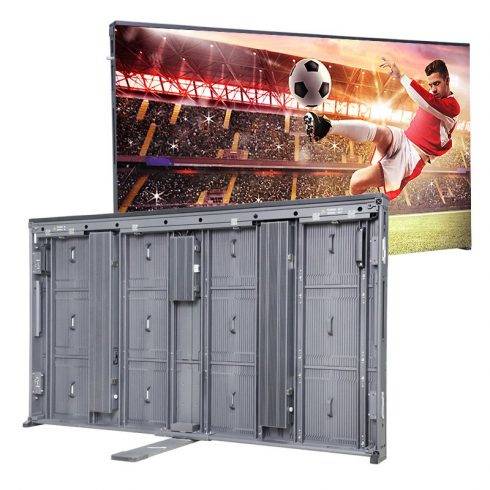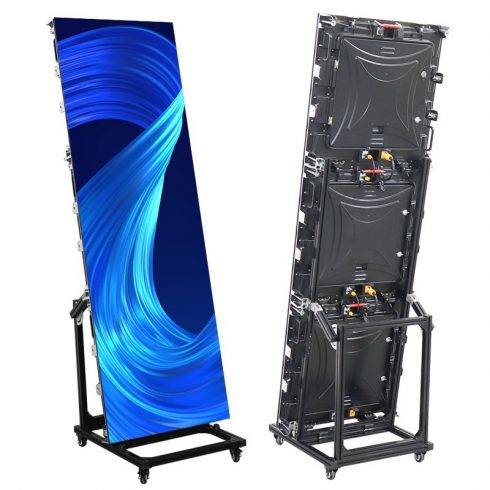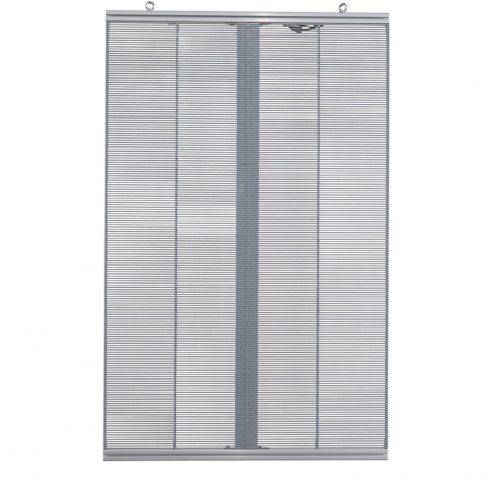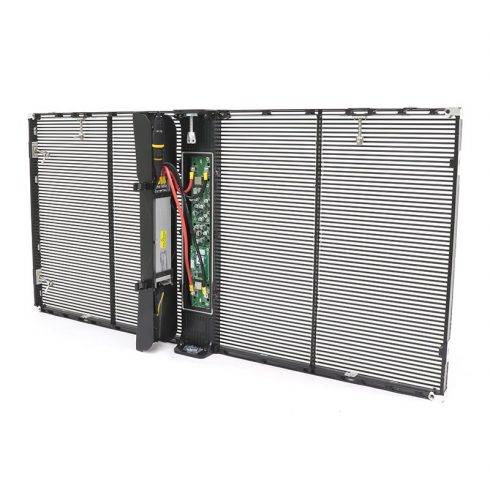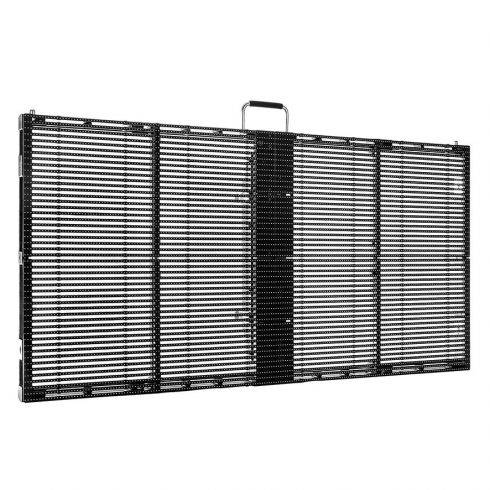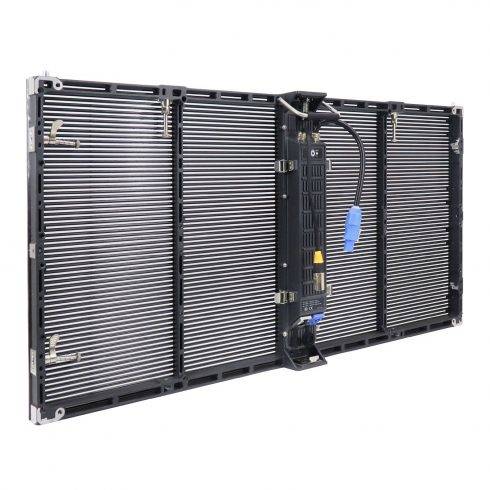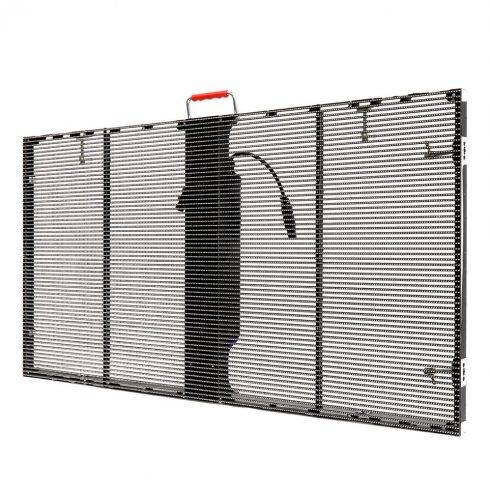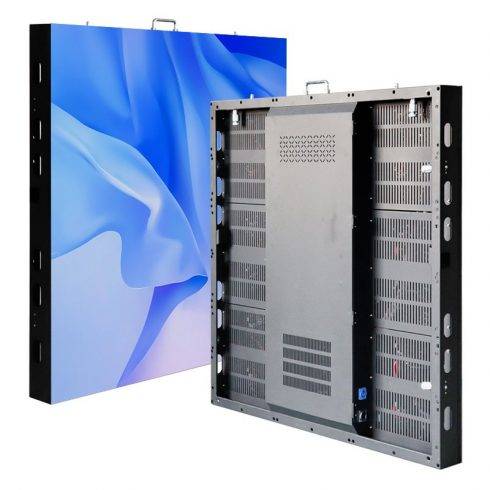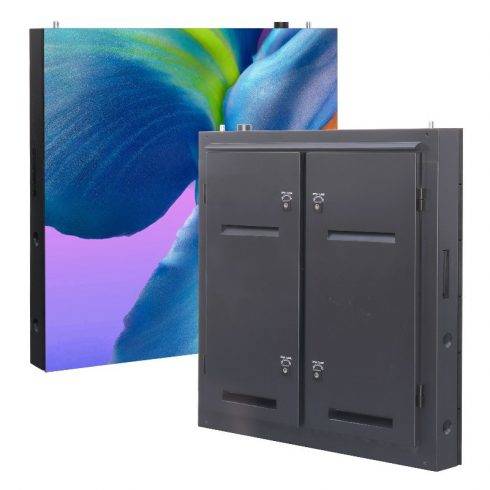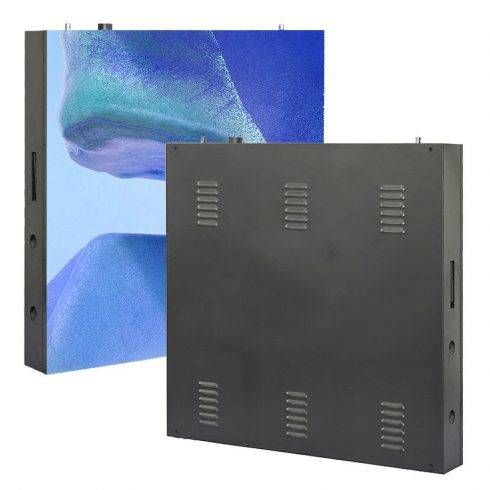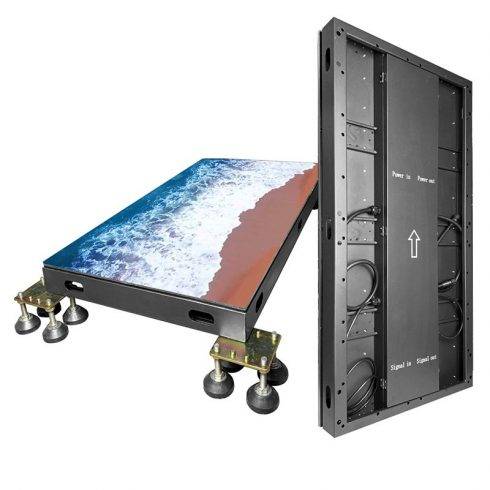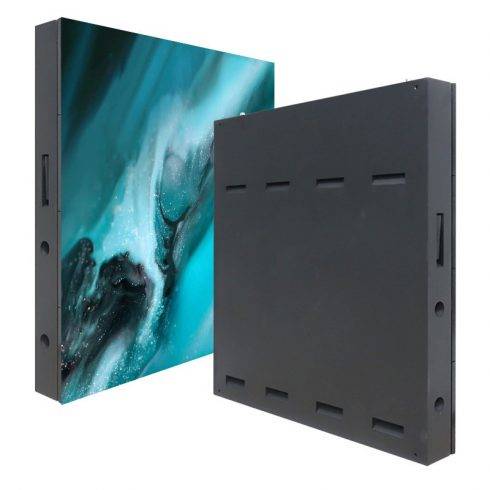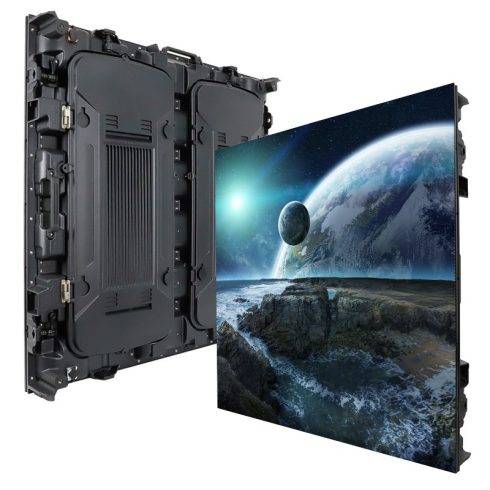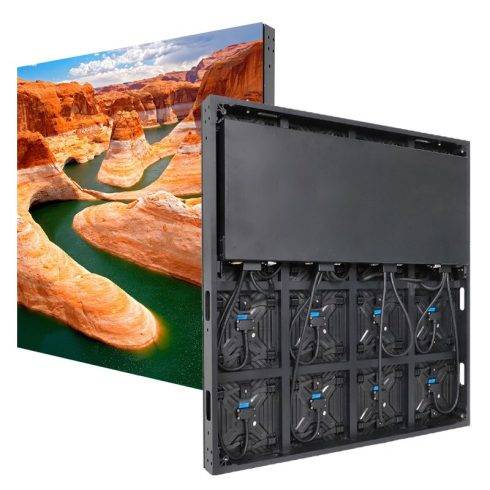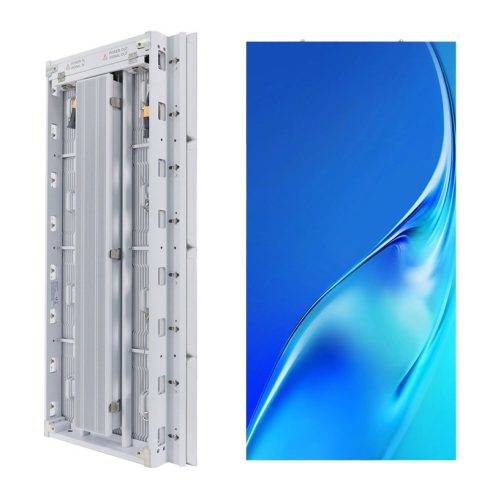LED screens and video walls represent two distinct yet interconnected realms within the domain of visual communication, each offering unique advantages and catering to diverse applications. In navigating the landscape of digital displays, understanding the differences between LED screens and video walls is paramount to informed decision-making. From technical specifications to practical considerations, this exploration seeks to unravel the intricacies of these ubiquitous technologies, guiding stakeholders towards optimal solutions tailored to their needs.
LED Screens: Illuminating the Landscape
At the heart of LED screens lies a captivating blend of versatility, luminance, and visual impact. These displays, characterized by an array of light-emitting diodes (LEDs), transform spaces into vibrant canvases, captivating audiences with dynamic visuals and immersive experiences. Whether adorning cityscapes, indoor venues, or retail environments, LED screens stand as beacons of innovation, harnessing the power of light to captivate attention and convey messages with unrivaled clarity.
Technical Specifications
LED screens boast a myriad of technical specifications that underpin their performance and versatility. Key among these is pixel pitch, the spatial interval between adjacent pixels, which determines image resolution and viewing distance. Coarser pixel pitches suffice for large outdoor displays viewed from a distance, while finer pitches cater to indoor environments with closer viewing distances and heightened visual acuity.
Brightness emerges as another pivotal metric, with outdoor LED screens necessitating formidable luminance to contend with ambient sunlight. These displays leverage high-brightness LEDs and advanced calibration techniques to ensure legibility and visual impact even under the glare of noonday sun. In contrast, indoor LED screens operate within a gentler luminous milieu, their radiance calibrated to complement ambient lighting without overpowering the space.
Contrast ratio, a measure of luminance disparity between the brightest and darkest elements of an image, plays a crucial role in image fidelity and dynamic range. LED screens, with their ability to achieve deep blacks and vibrant colors, excel in conveying nuanced imagery with lifelike realism. This attribute is particularly pronounced in high-end displays equipped with advanced contrast-enhancing technologies.
Practical Considerations
In addition to technical specifications, practical considerations shape the selection and deployment of LED screens across diverse applications. Modular construction, a hallmark of LED technology, facilitates seamless scalability and customization, allowing displays to adapt to diverse spatial constraints and design requirements. This modularity extends to maintenance and servicing, with individual modules easily replaceable to minimize downtime and ensure optimal performance.
Weather resistance emerges as a critical consideration for outdoor LED screens, which must endure the rigors of rain, wind, and temperature extremes. These displays feature weatherproof enclosures, sealed electronics, and protective coatings to safeguard against moisture ingress and environmental degradation. Conversely, indoor LED screens operate within controlled environments, free from the vagaries of weather, and therefore prioritize factors like image quality and viewing angle.
Power consumption and cooling represent additional considerations in the realm of LED screens, with outdoor displays often necessitating robust cooling systems and higher power budgets to maintain optimal performance. Indoor displays, by contrast, operate within a gentler thermal envelope, affording greater energy efficiency and lower operating costs.
Video Walls: Crafting Immersive Experiences
Video walls represent a convergence of technology and design, transforming spaces into immersive canvases that captivate and engage audiences. Comprising an array of flat-panel displays seamlessly integrated to form a cohesive canvas, video walls offer unparalleled flexibility, scalability, and visual impact. From command centers to retail environments, these dynamic installations empower organizations to convey information with clarity and creativity, transcending the limitations of traditional static displays.
Technical Specifications
Like LED screens, video walls boast a plethora of technical specifications that shape their performance and versatility. Display technology, whether LCD (Liquid Crystal Display) or LED, dictates factors like brightness, contrast ratio, and color accuracy, each of which contributes to image fidelity and visual impact. LCD video walls, characterized by thin bezels and uniform brightness, excel in applications requiring seamless integration and high resolution.
Bezel width, the narrow strip of material surrounding each display panel, emerges as a critical consideration in the realm of video walls, with thinner bezels enabling more immersive experiences and seamless transitions between adjacent panels. Advanced bezel-less designs further elevate the viewing experience, minimizing visual distractions and maximizing screen real estate for content delivery.
Resolution, a quintessential metric of display quality, plays a pivotal role in the selection and deployment of video walls across diverse applications. High-resolution displays, whether 4K or beyond, empower organizations to convey information with unparalleled clarity and detail, catering to discerning audiences with heightened visual acuity.
Practical Considerations
Practical considerations loom large in the realm of video walls, guiding stakeholders towards optimal solutions that balance technical specifications with budgetary constraints and logistical considerations. Mounting options, ranging from wall-mounted brackets to freestanding structures, dictate the spatial footprint and installation complexity of video walls, with each approach offering distinct advantages and trade-offs.
Content management emerges as another critical consideration in the realm of video walls, with organizations grappling with the complexities of content creation, scheduling, and distribution. Advanced video wall controllers streamline these processes, empowering users to create dynamic layouts, schedule content playlists, and monitor displays in real-time, thereby maximizing the impact and relevance of visual content.
Choosing the Right Solution: Factors to Consider
In navigating the landscape of LED screens and video walls, stakeholders must weigh a myriad of factors ranging from technical specifications to practical considerations. Key among these are:
- Application: What is the intended use case for the display? Outdoor advertising, indoor signage, command and control centers, and retail environments each present unique requirements and challenges that dictate the selection of LED screens or video walls.
- Environment: What are the environmental conditions in which the display will operate? Outdoor environments necessitate weather-resistant enclosures and high-brightness displays, while indoor settings demand factors like image quality, viewing angle, and ambient lighting conditions.
- Budget: What is the allocated budget for the display project? LED screens and video walls vary in cost depending on factors like display size, resolution, and technical specifications, with high-end solutions commanding premium prices for enhanced performance and features.
- Scalability: How scalable is the chosen solution to accommodate future growth and expansion? Modular LED screens and video walls offer greater flexibility and scalability compared to traditional static displays, allowing organizations to adapt to evolving needs and requirements.
- Content Management: How will content be created, managed, and distributed across the display network? Advanced content management systems and video wall controllers streamline these processes, empowering users to create dynamic layouts, schedule content playlists, and monitor displays in real-time.
Conclusion
In the dynamic landscape of visual communication, LED screens and video walls stand as pillars of innovation, each offering unique advantages and catering to diverse applications. LED screens, with their luminance, versatility, and weather resistance, excel in outdoor environments and high-visibility applications. Video walls, characterized by seamless integration, scalability, and immersive experiences, empower organizations to convey information with clarity and creativity across diverse settings.
By understanding the differences between LED screens and video walls, stakeholders can make informed decisions that align with their needs, objectives, and budgetary constraints. Whether illuminating cityscapes, captivating audiences in retail environments, or empowering command centers with real-time data visualization, these dynamic displays serve as conduits of communication, transcending barriers of space and time to convey messages with impact and relevance.







